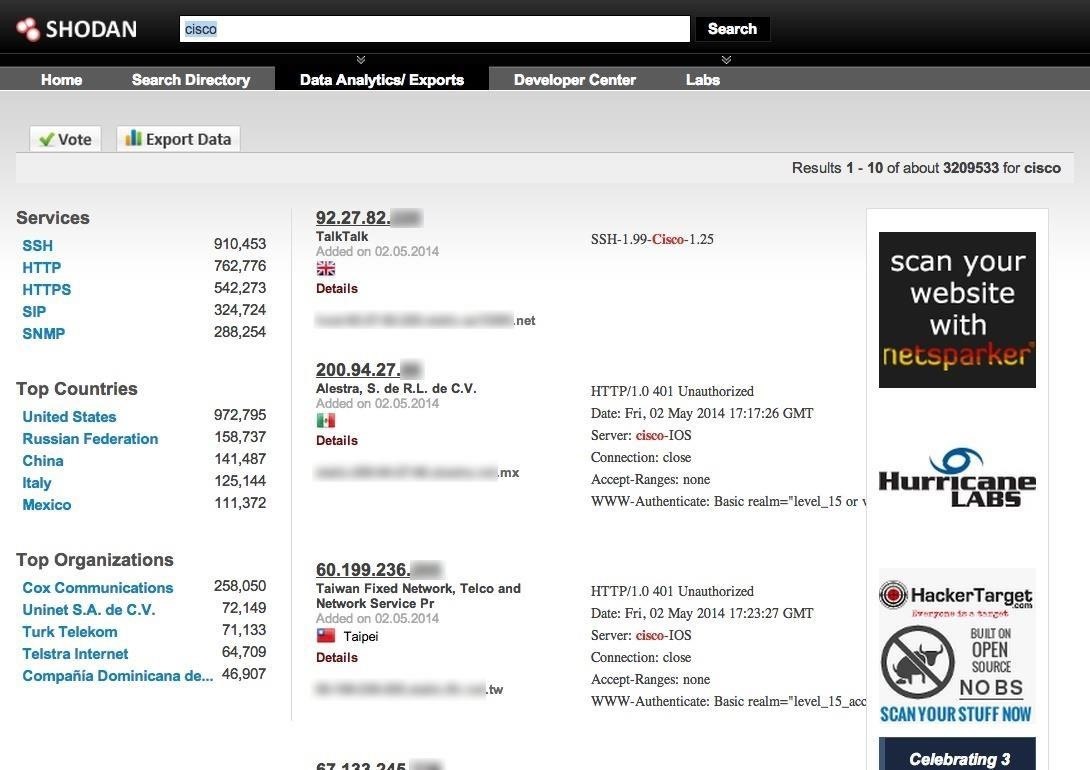Admin Console For Your Wifi Router Average ratng: 9,7/10 2229votes
Once you are in your router's admin console, if you're using a WiFi network in any way. You should password-protect your WiFi network. How to Log In to Your Router. Posted by John Dilley Aug 3. Or the router admin console. You can access your router’s admin panel directly via your home network. Time to change your Wi-Fi network's name and password. Lest you leave yourself susceptible to anyone on your Wi-Fi network accessing your router’s admin page.
Delaney The Best Wireless Routers of 2018 Keep all of your gadgets cruising along with a top-notch Wi-Fi router. Here's what you need to know to optimize your wireless network, along with our highest-rated recently reviewed routers for all budgets.

Microsoft Powerpoint Fondos Para Diapositivas Azules. Finding the Right Router With the gaggle of connected home products, smart,, and other mobile devices ruling our lives, it's more important than ever to outfit your home or business with a wireless router that can handle the increased demand for Wi-Fi connectivity. When choosing a new router, you should consider the size of your coverage area and the number of clients, as well as the types of devices that will connect to the router. Granted, not everybody needs the kind of performance that you get with the latest and greatest models, and there's no reason to pay for features that you will likely never use, but if you have several family members vying for bandwidth for things like streaming video and playing online, a new router can make a world of difference and help keep the peace. We guide you through choosing a router that will handle your current and future wireless networking needs, and offer our top picks to get you started. Single- or Dual-Band? Not all routers are created equal.
Some models can only communicate over a single radio band, while others can use two. Single-band routers operate on the 2. Cat Et 2010b Keygen. 4GHz frequency band and are typically the least expensive models out there, but they have to compete with other devices in the home that are on the same radio band, such as microwave ovens, Bluetooth devices, and wireless phones. That said, they are perfectly adequate for things like Web surfing and connecting to social media services like Facebook and Twitter.
If one or more of your devices will be streaming video from a service such as Netflix, or connecting to an online gaming service such as Xbox Live, consider a dual-band router. These have two radios; one connects to the 2.4GHz band, and the other connects to the 5GHz band.
The 5GHz band is typically less crowded than the 2.4GHz band and offers more throughput, with minimal signal interference, making it ideal for video streaming and gaming duty. Dual-band routers allow you to assign a band to specific applications and clients, thereby easing the load on both bands. Then there are tri-band routers.
These have three radios—one that operates at 2.4GHz and two that operate at 5GHz. These models are a good fit for multi-device households that experience heavy network traffic via lots of video streaming, torrent downloading, file transfers, and online gaming. Wireless Protocols Wireless Ethernet networks use 802.11 protocols to send and receive data.
Devices that use the older 802.11b and 802.11g standards are limited to data transfer rates of 11Mbps and 54Mbps, respectively, and they only operate on the 2.4GHz band. The most widely used Wi-Fi protocol, 802.11n, allows for maximum data rates of up to 600Mbps and operates on both the 2.4 and 5GHz bands. It utilizes Multiple Input Multiple Output () technology, which uses several antennas to send and receive up to four spatial streams, resulting in enhanced performance. Most of today's laptops, smartphones, and connected home devices use 802.11n, so an 802.11n router is a good fit for households that have a handful of these devices sharing Internet access. But if you're using your network to share large files and have several smart TVs, gaming consoles, mobile devices, and media streaming devices connecting wirelessly, a more powerful router that offers the latest Wi-Fi technology may be in order. The newest class of Wi-Fi routers use 802.11ac technology, which brings several improvements over previous protocols, including wider channel bandwidth (up to 160Hz, compared with 40Hz), more MIMO spatial streams (as many as eight), and, a technology that sends Wi-Fi signals directly to a client rather than broadcasting in all directions. The 802.11ac protocol also offers downstream Multi-User MIMO () technology, which is designed to provide bandwidth to multiple devices simultaneously rather than sequentially.